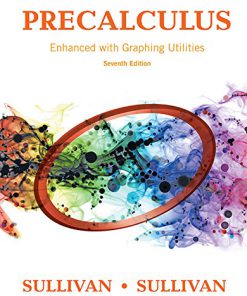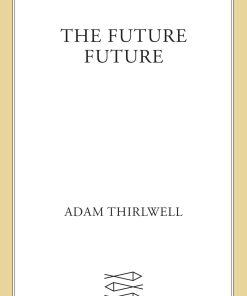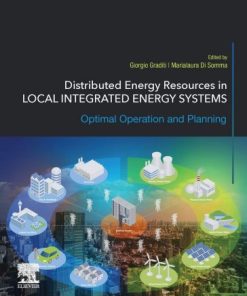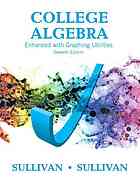Future of utilities utilities of the future how technological innovations in distributed energy resources will reshape the electric power sector 1st Edition by Fereidoon Sioshansi 0128042496 9780128042496
$50.00 Original price was: $50.00.$25.00Current price is: $25.00.
Future of utilities – utilities of the future : how technological innovations in distributed energy resources will reshape the electric power sector 1st Edition by Fereidoon P. Sioshansi – Ebook PDF Instant Download/DeliveryISBN: 0128042496, 9780128042496
Full download Future of utilities – utilities of the future : how technological innovations in distributed energy resources will reshape the electric power sector 1st Edition after payment.
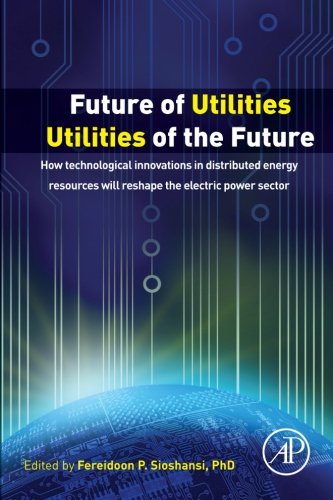
Product details:
ISBN-10 : 0128042496
ISBN-13 : 9780128042496
Author: Fereidoon P. Sioshansi
Future of Utilities – Utilities of the Future: How technological innovations in distributed generation will reshape the electric power sector relates the latest information on the electric power sector its rapid transformation, particularly on the distribution network and customer side. Trends like the rapid rise of self-generation and distributed generation, microgrids, demand response, the dissemination of electric vehicles and zero-net energy buildings that promise to turn many consumers into prosumers are discussed.
The book brings together authors from industry and academic backgrounds to present their original, cutting-edge and thought-provoking ideas on the challenges currently faced by electric utilities around the globe, the opportunities they present, and what the future might hold for both traditional players and new entrants to the sector.
Future of utilities – utilities of the future : how technological innovations in distributed energy resources will reshape the electric power sector 1st Table of contents:
Part I: What is Changing, What are the Implications
Chapter 1: What is the Future of the Electric Power Sector?
Abstract
1. Introduction
2. Double whammy: falling demand, rising tariffs
3. Rise of distributed energy resources: new roles, new rules
4. What is the future?
5. Conclusions
Chapter 2: Value of an Integrated Grid
Abstract
1. Introduction
2. The benefits of grid connectivity to consumers
3. The added value of integration
4. Enabling connectivity
5. Enabling higher penetration of DER
6. The future of distribution utilities
7. Overall attributes and value of an integrated grid
8. Conclusions
Chapter 3: Microgrids: Finally Finding their Place
Abstract
1. Introduction
2. Evolution of microgrids
3. Power quality and reliability
4. What is a microgrid?
5. Microgrid examples
6. The emergence of microgrids calls for new thinking on regulation and policy
7. Conclusions
Glossary
Acknowledgments
Chapter 4: Customer-Centric View of Electricity Service
Abstract
1. Introduction
2. The traditional model
3. The promise of a new world
4. Putting it all together
5. Pricing it all: how does this all play out?
6. Conclusions
Chapter 5: The Innovation Platform Enables the Internet of Things
Abstract
1. Introduction
2. Accelerating change, disintermediation, and disruption
3. The innovation platform
4. New business models: telecom and electric utility transformation
5. Conclusions
Chapter 6: Role of Utility and Pricing in the Transition
Abstract
1. Introduction
2. Some context: recent australian energy market developments
3. Coexistence rather than complete substitution
4. Development of alternative pricing models
5. Conclusions
Chapter 7: Intermittency: It’s the Short-Term That Matters
Abstract
1. Introduction
2. Intermittency and utilities
3. Framing intermittency and potential power system impacts
4. Why does renewable energy intermittency matter?
5. Evidence of negative solar intermittency impacts on grid operations
6. Intermittency considerations for stakeholders
7. Operations impacts
8. Intermittency countermeasures
9. Conclusions
Part II: Competition, Innovation, Regulation, and Pricing
Chapter 8: Retail Competition, Advanced Metering Investments, and Product Differentiation: Evidence From Texas
Abstract
1. Introduction
2. Background on retail customer choice in texas
3. Pricing
4. Product differentiation as a competitive strategy
5. Product and service differentiation in the competitive ERCOT retail market
6. Competitive pressures and the response by the retail sector
7. Conclusions
Chapter 9: Rehabilitating Retail Electricity Markets: Pitfalls and Opportunities
Abstract
1. Introduction
2. What has retail electricity competition revealed?
3. Is retail competition the answer?
4. A better model: utilities as clean energy partners
5. Conclusions
Chapter 10: Residential Rate Design and Death Spiral for Electric Utilities: Efficiency and Equity Considerations
Abstract
1. Introduction
2. Cost recoveries via fixed and variable components
3. Winners and losers: a case of new jersey
4. Conclusions
Chapter 11: Modeling the Impacts of Disruptive Technologies and Pricing on Electricity Consumption
Abstract
1. Introduction
2. Modeling approach
3. Tariff description and anticipated customer response
4. Battery Charging Rules
5. Results
6. Conclusions
Acknowledgments
Chapter 12: Decentralized Reliability Options: Market Based Capacity Arrangements
Abstract
1. Introduction
2. Background
3. Decentralized reliability options—how do they work?
4. Decentralized reliability options—what are the advantages?
5. Decentralized reliability options—the way forward
6. Conclusions
Chapter 13: Network Pricing for the Prosumer Future: Demand-Based Tariffs or Locational Marginal Pricing?
Abstract
1. Introduction
2. Efficiency in retail contracts
3. Retail competition and retail tariffs
4. Hedging temporal and locational pricing risk
5. Efficient network pricing
6. The network pricing debate in Australia
7. Conclusions
Acknowledgment
Chapter 14: The Evolution of Smart Grids Begs Disaggregated Nodal Pricing
Abstract
1. Introduction
2. Smart grids from the perspective of transactive energy frameworks
3. The change of electricity systems architecture and its impact on disaggregated nodal pricing
4. Microgrids necessitate real-time nodal pricing within distribution networks
5. Conclusions
Part III: Utilities of the Future: Future of Utilities
Chapter 15: New Business Models for Utilities to Meet the Challenge of the Energy Transition
Abstract
1. Introduction
2. Areas of disruption
3. Future utility business models
4. Conclusions
Chapter 16: European Utilities: Strategic Choices and Cultural Prerequisites for the Future
Abstract
1. Introduction
2. Internationalization strategies
3. Strategies toward Utility 2.0
4. A categorization of strategies of European energy utilities
5. Cultural prerequisites: lessons from new entrants
6. Conclusions
Chapter 17: Thriving Despite Disruptive Technologies: A German Utilities’ Case Study
Abstract
1. Introduction
2. The environment
3. Building blocks for strategic choices
4. Success factors for strategy development and realization
5. Conclusions
Chapter 18: The Future of Utility Customers and the Utility Customer of the Future
Abstract
1. Introduction
2. Where next for the grid—fate and its drivers
3. Preferences—Maslow’s basement, coopetition, and energy ecosystems
4. Grid parity in prices and product
5. S-curves, S-bends, and can EV’s save the grid?
6. Conclusions
Chapter 19: Business Models for Power System Flexibility: New Actors, New Roles, New Rules
Abstract
1. Introduction
2. Flexibility in the power system
3. Trading flexibility services
4. New business models
5. Conclusions
Chapter 20: The Repurposed Distribution Utility: Roadmaps to Getting There
Abstract
1. Introduction
2. The current situation
3. Framing the RDU transition
4. Planning the RDU transition
5. RDU transition operational practice reforms
6. Conclusions
Chapter 21: Distributed Utility: Conflicts and Opportunities Between Incumbent Utilities, Suppliers, and Emerging New Entrants
Abstract
1. Introduction
2. Overview of new york’s rev
3. California’s plans for reforming the distributed utility
4. Current DER reform in massachusetts
5. DER boom in hawaii
6. Conclusions
Chapter 22: The Fully Integrated Grid: Wholesale and Retail, Transmission and Distribution
Abstract
1. Introduction
2. Vision for the fully integrated grid
3. Role of the DSO
4. Communicating prices from the RTO/TSO level to DER
5. Conclusions
People also search for Future of utilities – utilities of the future : how technological innovations in distributed energy resources will reshape the electric power sector 1st:
future of utilities energy transition summit
future of utilities summit
future of utilities smart energy
future of utilities trends report
future of utilities 2023
Tags: utilities, the future, technological innovations, distributed energy, resources, the electric power sector, Fereidoon Sioshansi
You may also like…
Business & Economics - Industries
Fiction - Historical
The Future Future 1st edition by Adam Thirlwell 0374607613 978-0374607616
Politics & Philosophy - Anthropology
The Open Future: Why Future Contingents are All False 1st Edition
History - Asian History
Politics & Philosophy
Engineering - Energy & Power Resources
Business & Economics - Human Resources




